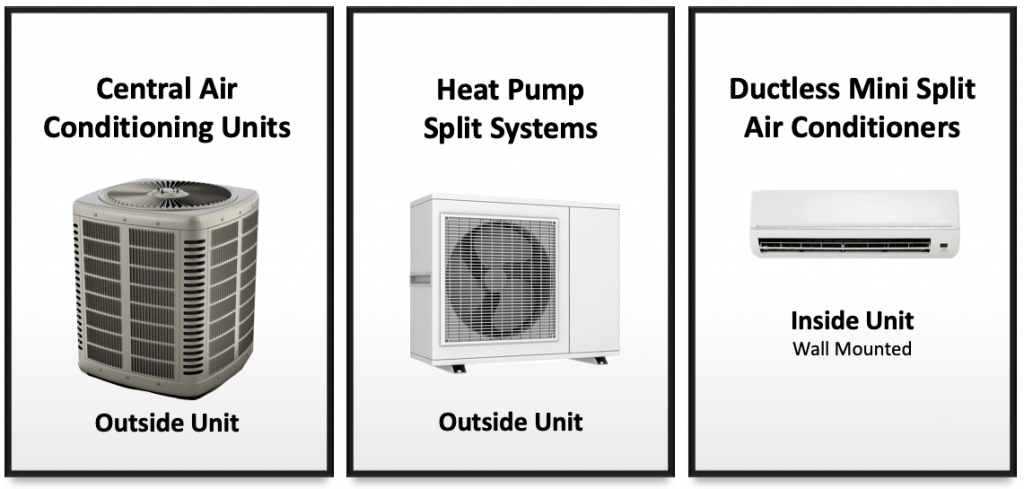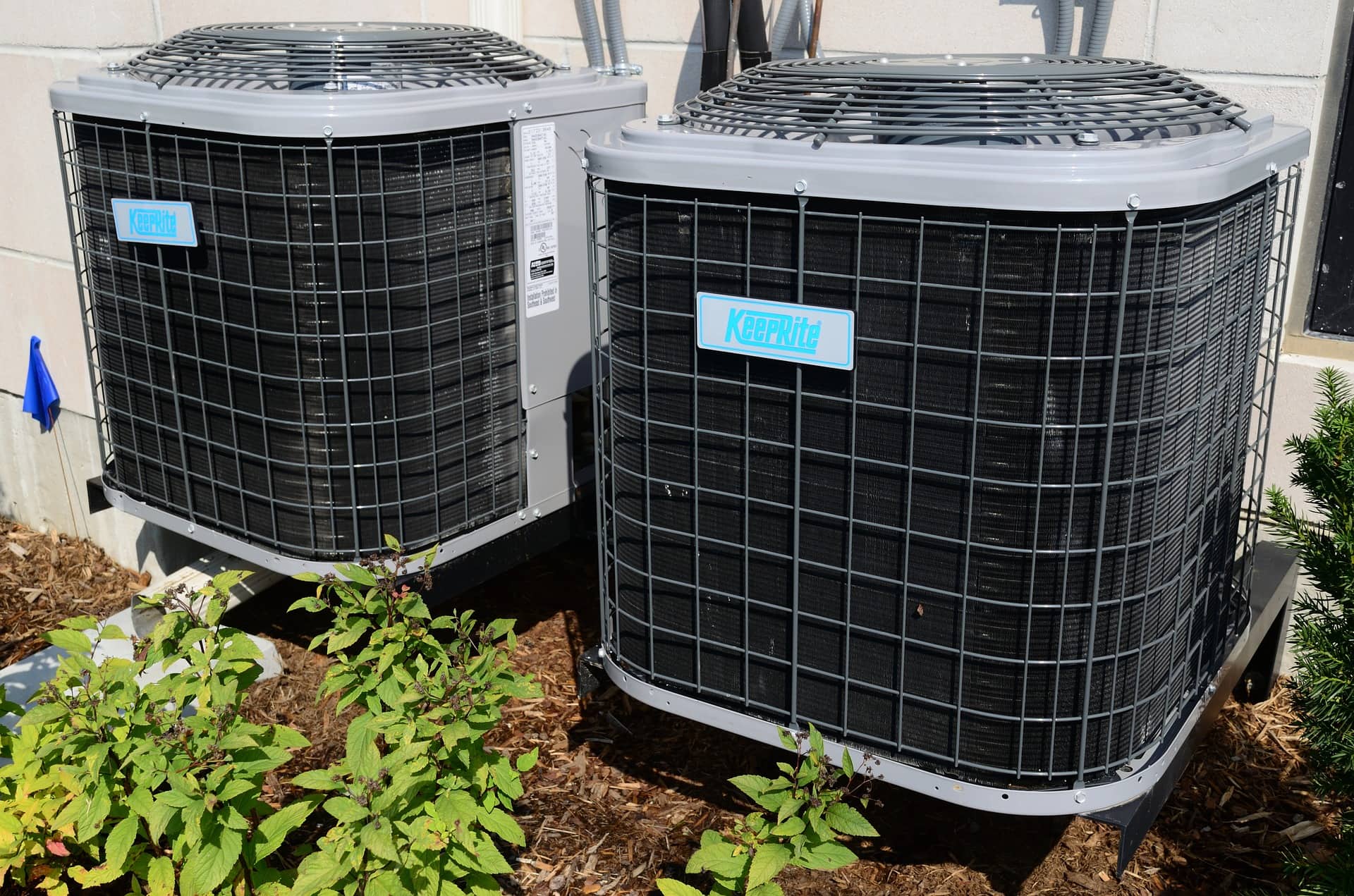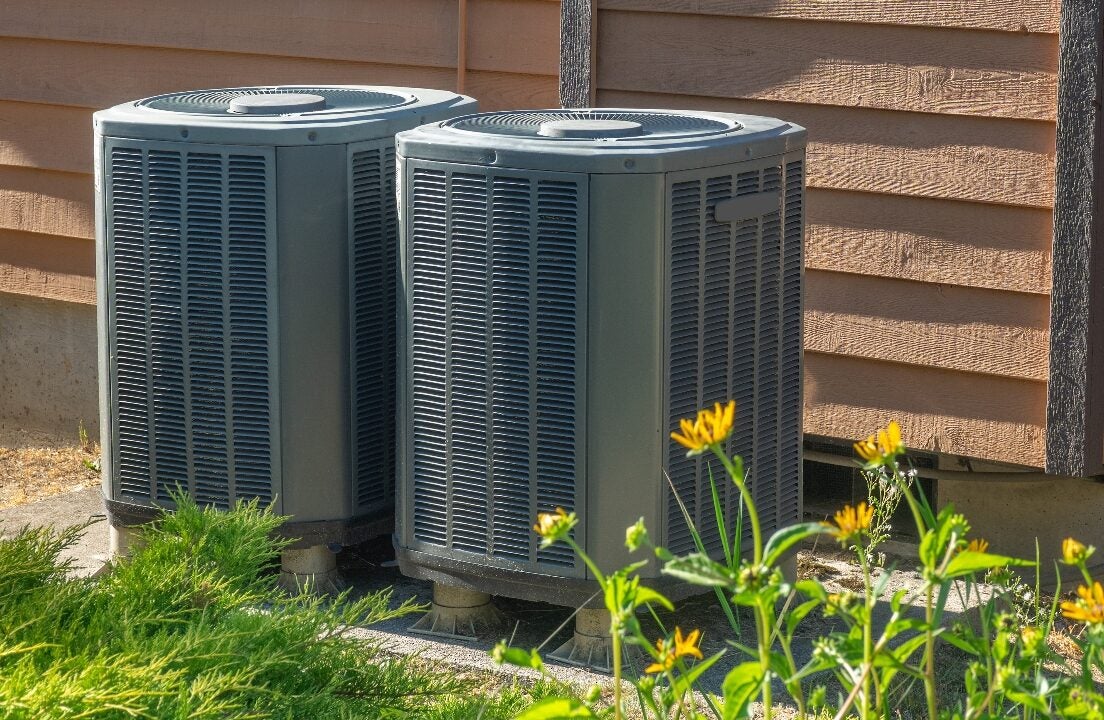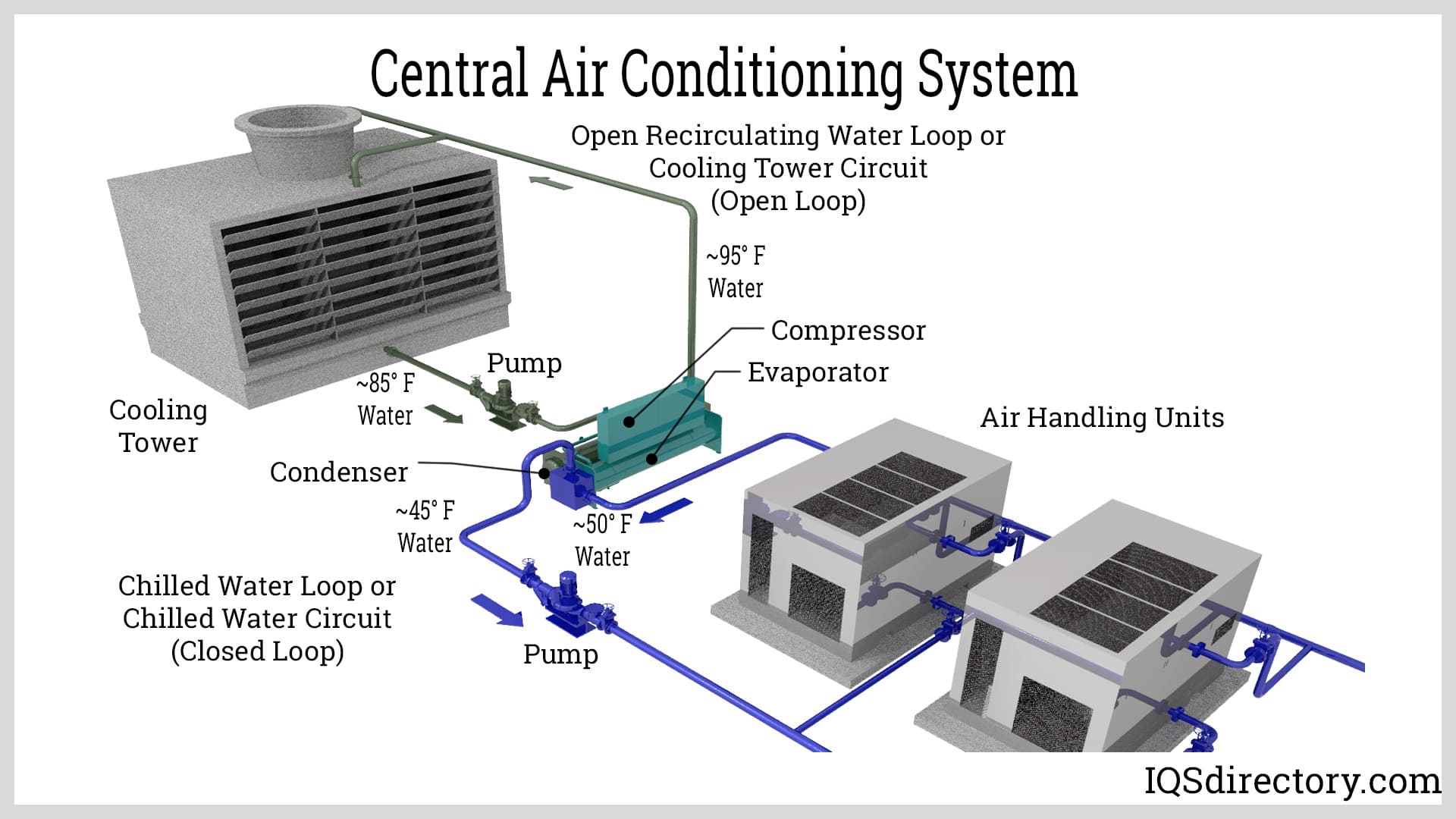How Much Is Central Air Conditioning System

Understanding the Cost of Central Air Conditioning Systems
The cost of a central air conditioning system is a significant investment for any homeowner or property manager. This article breaks down the various factors influencing the price, helping you make an informed decision. We'll explore initial costs, operating expenses, and long-term considerations for homeowners, HVAC technicians, and facility managers alike.
Initial Purchase and Installation Costs
The upfront cost of a central AC system can vary dramatically depending on several factors:
- System Size (BTU): The cooling capacity of an AC unit is measured in British Thermal Units per hour (BTU/h). A larger home requires a higher BTU rating, directly impacting the price. To estimate your BTU needs, a rule of thumb is 20 BTU per square foot of living space in a moderate climate. For example, a 1,500 sq ft home would likely need a 30,000 BTU system. HVAC technicians use load calculation software to get a more precise figure, considering factors like insulation, window efficiency, and local climate.
- SEER Rating: The Seasonal Energy Efficiency Ratio (SEER) measures the cooling efficiency of an AC unit. Higher SEER ratings indicate greater efficiency, translating to lower energy bills. Entry-level systems often have SEER ratings around 13-14, while high-efficiency models can reach 20 or higher. A higher SEER rating will typically increase the upfront cost but can offer significant long-term savings.
- Type of System: Split systems are the most common, consisting of an outdoor condenser unit and an indoor air handler. Package units combine all components into a single outdoor unit, and are often used in commercial applications or homes without space for an indoor air handler. Ductless mini-split systems, which offer zoning capabilities, have a different cost structure.
- Brand Reputation and Features: Established brands like Carrier, Trane, and Lennox often command a premium due to their reliability, advanced features, and warranty offerings. Features like variable-speed compressors, smart thermostats, and noise reduction technologies can also add to the initial price.
- Installation Complexity: Installing a new system in a home without existing ductwork is significantly more expensive than replacing an old unit in a home with existing ductwork. Obstacles like asbestos abatement, limited access, or the need for electrical upgrades can also increase installation costs.
Cost Ranges:
- Basic Central AC System (13-14 SEER): $3,000 - $5,000 (installed)
- Mid-Range Central AC System (15-17 SEER): $5,000 - $7,000 (installed)
- High-Efficiency Central AC System (18+ SEER): $7,000 - $12,000+ (installed)
These are just estimates. Always get multiple quotes from reputable HVAC contractors.
Operating Costs: Understanding Energy Consumption
Beyond the initial investment, operating costs are a crucial consideration. These costs primarily stem from electricity consumption. The following factors influence your monthly energy bills:
- SEER Rating: As mentioned before, a higher SEER rating translates to lower energy consumption. A system with a SEER rating of 18 will generally use less energy than a system with a SEER rating of 14 to provide the same amount of cooling.
- Climate: Homes in hotter climates will naturally require more cooling, resulting in higher energy bills.
- Usage Habits: The temperature you set your thermostat and the length of time you run your AC daily significantly impact energy consumption. Using a programmable thermostat can optimize energy usage by adjusting the temperature automatically based on your schedule.
- Home Insulation: Proper insulation minimizes heat gain, reducing the workload on your AC system and lowering energy bills.
- Energy Prices: Local electricity rates directly impact your operating costs.
Estimating Operating Costs:
To estimate the annual operating cost, you can use the following formula:
Annual Operating Cost = (BTU/h) x (Hours of Operation per Year) x (Electricity Rate per kWh) / (SEER x 1000)
For example, let's assume a 30,000 BTU system with a SEER rating of 16, running for 1,000 hours per year in an area with an electricity rate of $0.15 per kWh:
Annual Operating Cost = (30,000) x (1,000) x ($0.15) / (16 x 1000) = $281.25
This is a simplified calculation, but it provides a general idea of the potential operating costs. Online calculators and energy audits can offer more precise estimates.
Maintenance and Repair Costs
Regular maintenance is essential to ensure the efficient operation and longevity of your central AC system. Neglecting maintenance can lead to reduced efficiency, increased energy bills, and costly repairs.
- Annual Maintenance: Most HVAC contractors recommend annual maintenance, including cleaning the coils, checking refrigerant levels, inspecting electrical connections, and lubricating moving parts. The cost of an annual maintenance service typically ranges from $100 to $200.
- Filter Replacement: Regularly replacing air filters (typically every 1-3 months) is crucial for maintaining airflow and preventing dust buildup. This is a simple and inexpensive task that homeowners can easily perform themselves.
- Potential Repairs: AC systems can experience various issues, such as refrigerant leaks, compressor failures, and fan motor problems. The cost of repairs can range from a few hundred dollars to several thousand, depending on the severity of the issue.
Preventive Maintenance Contracts:
Many HVAC companies offer preventive maintenance contracts, providing regular inspections and maintenance services at a fixed annual price. These contracts can provide peace of mind and potentially save money on repairs in the long run.
Lifespan and Replacement Costs
A well-maintained central AC system can last for 15-20 years. However, factors like usage, climate, and maintenance practices can affect its lifespan. As a system ages, its efficiency gradually declines, and repairs become more frequent.
Signs of an Aging System:
- Increasing energy bills
- Frequent breakdowns
- Uneven cooling
- Strange noises
- System is over 15 years old
When your AC system reaches the end of its lifespan, replacing it with a newer, more efficient model is generally the most cost-effective option. The replacement cost will be similar to the initial purchase and installation costs discussed earlier.
Ductwork Considerations
The condition of your ductwork significantly impacts the efficiency and performance of your central AC system. Leaky or poorly insulated ducts can result in significant energy losses.
Ductwork Issues:
- Leaks: Leaks allow conditioned air to escape, wasting energy and reducing cooling capacity.
- Poor Insulation: Insufficient insulation allows heat to transfer through the ductwork, increasing the workload on the AC system.
- Improper Design: Poorly designed ductwork can restrict airflow, reducing efficiency and potentially damaging the AC unit.
Ductwork Inspection and Repair:
It's essential to have your ductwork inspected by a qualified HVAC technician. Duct sealing and insulation can significantly improve the efficiency of your AC system and reduce energy bills. In some cases, replacing the entire ductwork system may be necessary.
Tax Credits, Rebates, and Incentives
Government and utility companies often offer tax credits, rebates, and incentives for installing energy-efficient HVAC systems. These incentives can significantly reduce the overall cost of a new AC system. Check with your local utility company and the ENERGY STAR website for available programs.
Conclusion
The cost of a central air conditioning system is a complex equation involving upfront expenses, operating costs, maintenance, and lifespan considerations. By carefully evaluating your needs, understanding the factors influencing cost, and working with a qualified HVAC contractor, you can make an informed decision and invest in a system that provides efficient and reliable cooling for years to come.









:max_bytes(150000):strip_icc()/what-are-central-air-conditioners-1152645_V2-390c6f1f6ca14b4ebc59426f226a78a8.png)
